In conjunction with Audi Sport’s 40th anniversary, the German marque has unveiled the new RS e-tron GT ice race edition, which will be produced in a limited run of just 99 examples.
The special edition takes the RS e-tron GT ice race concept show car as its basis, and is finished in a striking silver, white and violet colour scheme designed to evoke the crystalline brilliance of snow and ice.
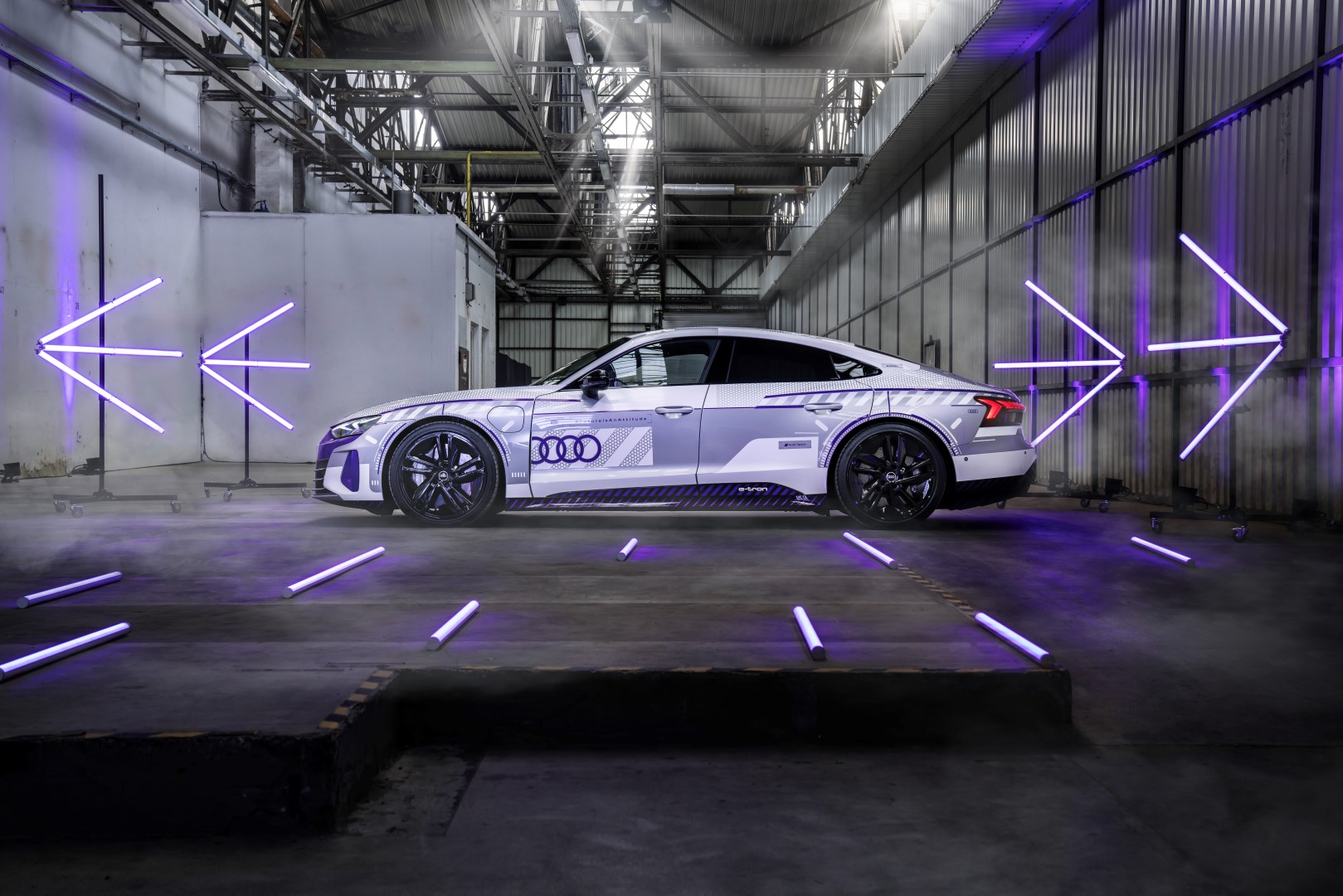
The highly distinctive livery of the new RS e-tron GT ice race edition is the culmination of a project spearheaded by Audi Design in conjunction with the team responsible for the Audi exclusive personalisation programme, which has enabled Audi customers to tap into a rich seam of personalisation options for their chosen car for almost three decades.
Its starting point is a fully electric RS e-tron GT finished in Florett Silver metallic with a black CFRP roof. This is then embellished by a striking foil wrap incorporating silver and white accents referencing snow crystals and ice lakes, and violet detailing representing the bright shades of wintersports eyewear.
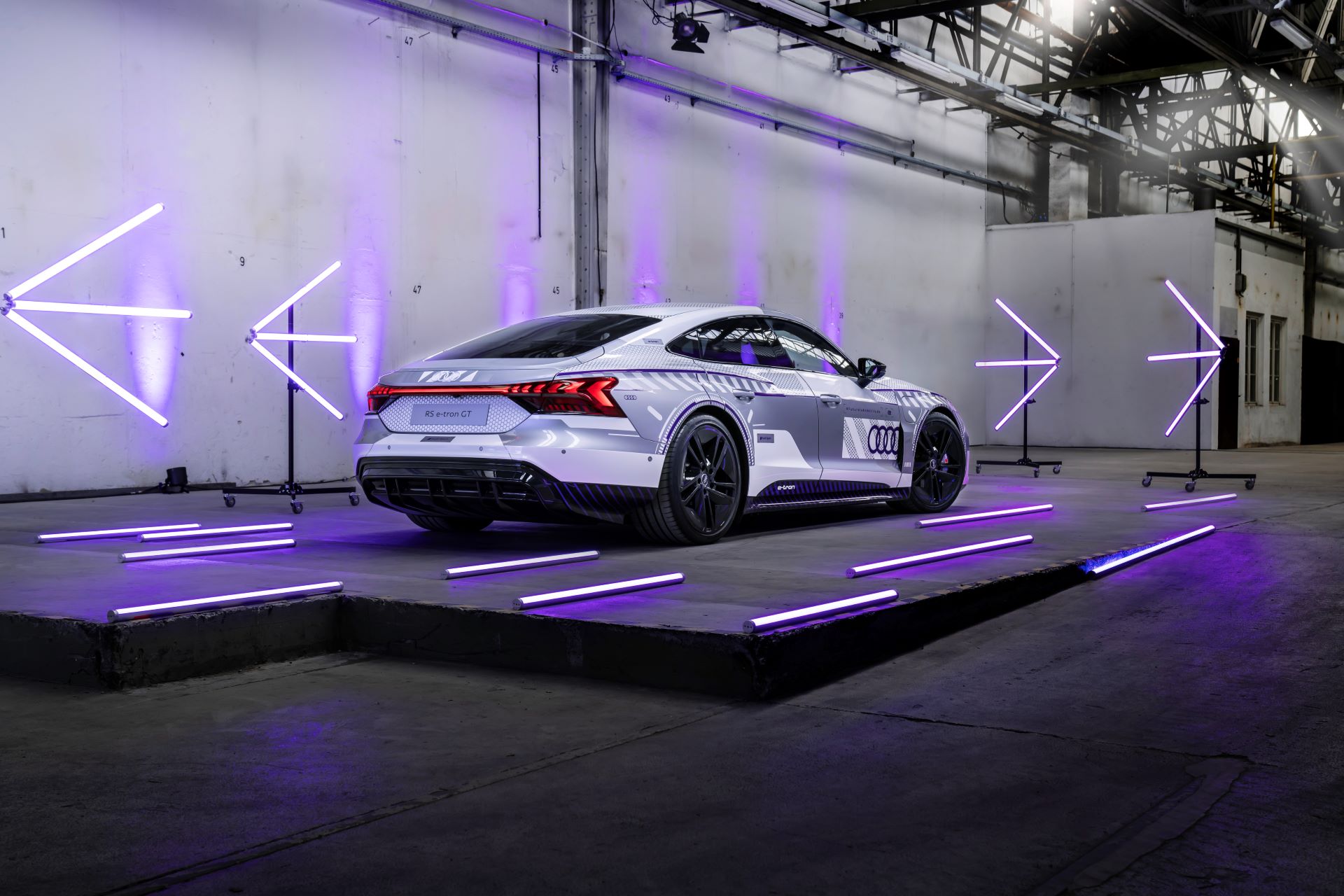
The foil features targeted transparencies and so does not tint the entire surface, and the white tones it adds achieve a three-dimensional effect against the monochrome silver background. White renderings of the four rings at the front and rear echo the ice race edition concept car, and in combination dark privacy glass the 21-inch black alloy wheels provide striking contrast.
The colour scheme is continued in the interior, which features an Audi exclusive leather package in a diamond silver and black colour combination with violet contrast stitching, and extends the coverage of supple Fine Nappa leather beyond the seats to the upper parts of the centre console, the instrument panel, the door rails and the door armrests. RS floormats with diamond silver piping and violet stitching around the RS logo also set the tone, while Audi exclusive insignias in the Dinamica microfibre door trim inserts attest to the model’s very special status.
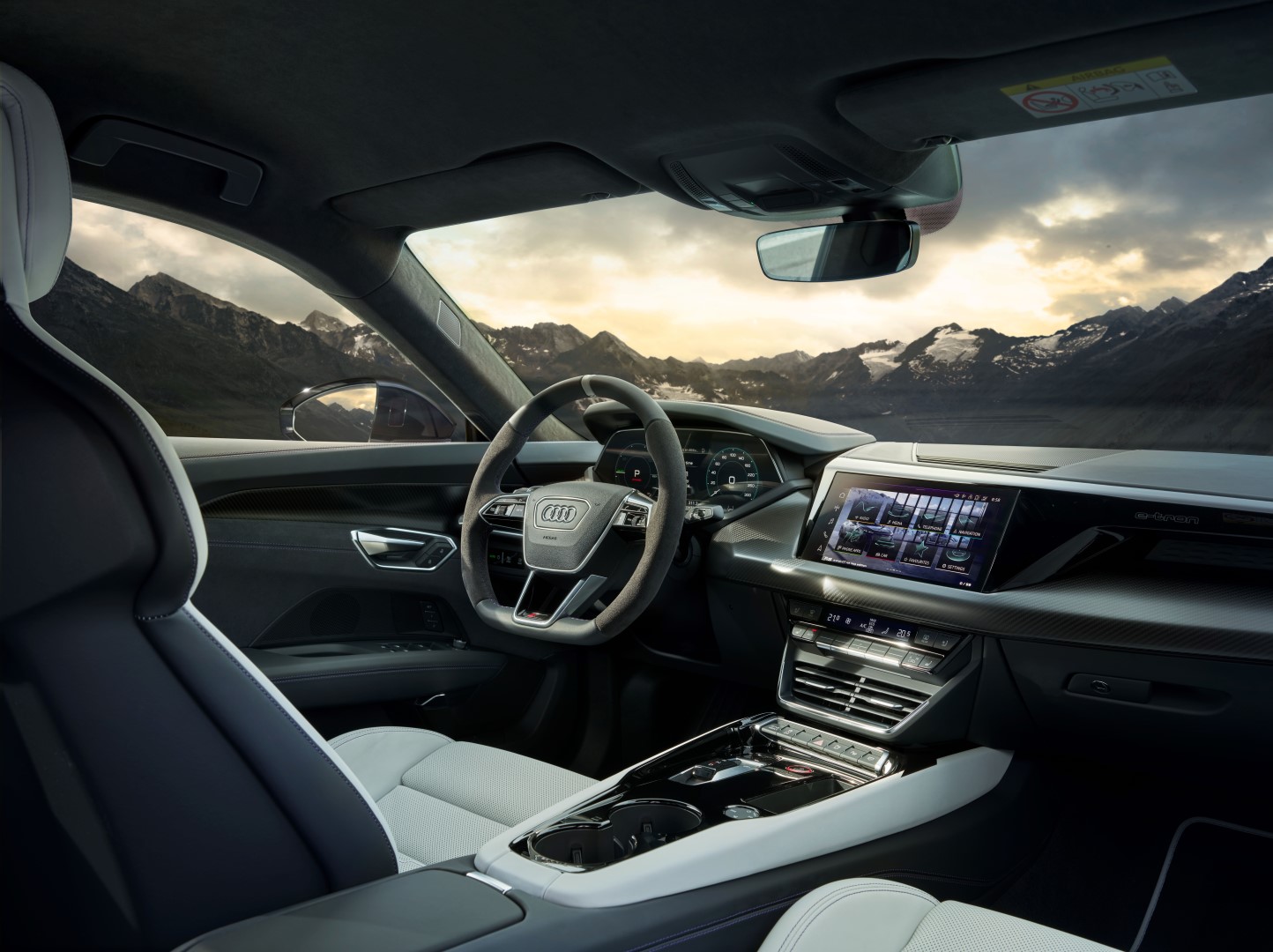
In addition, its Multi Media Interface (MMI) screen features a bespoke background image which also displays the unique serial number of each of the 99 exclusive editions in the lower left corner, digitizing a feature which has traditionally been rendered using ‘physical’ badges or plaques for the first time.
Even the ambient lighting plays its part, switching to purple if a mountain motif is selected via the MMI, which in all other respects remains as user-friendly and intuitive as always.
Besides the full leather package, highlights include Front Sport Seats Pro offering ventilation and massage functions, advanced Bang & Olufsen 3D audio, a head-up display and the City Assist, Tour and Parking Assistance packs.
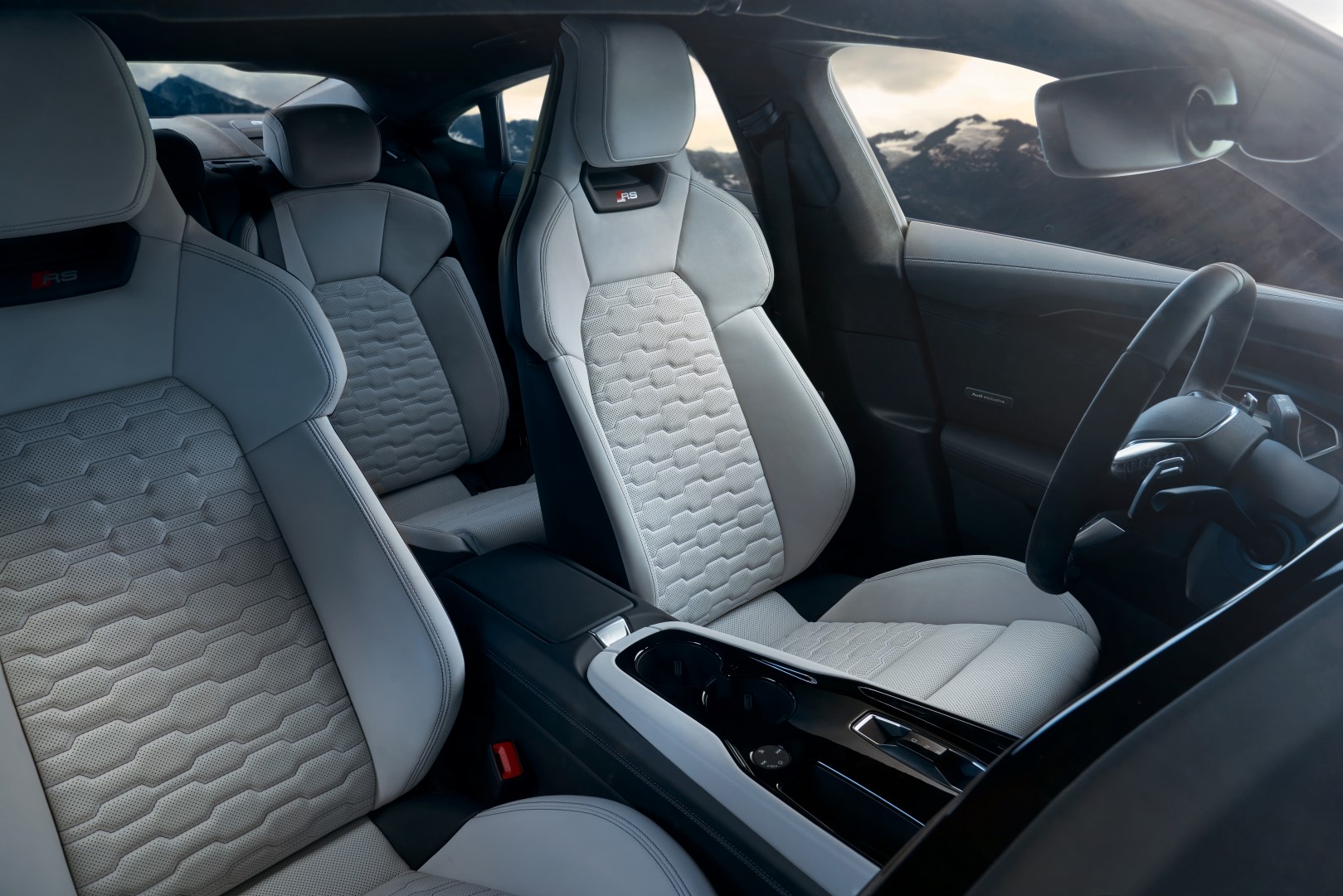
The standard features designed to underpin the extraordinary performance offered by the RS e-tron GT ice race edition are no less impressive. They include Matrix LED headlights with Audi laser light enhancement, ceramic brakes finished with Anthracite Grey calipers, adaptive air suspension with continuously variable damping, all-wheel-steering and e-quattro all-wheel-drive.
Together, these technologies not only assure an exceptionally rewarding driving experience, but also enable the driver to fully capitalise on the RS e-tron GT’s 598PS and 830Nm torque peak with absolute confidence.
In boost mode, accessed via the launch control function, peak power is temporarily raised even further, from 598PS to 646PS, and the 0-62mph sprint time falls from 3.6 seconds to 3.3. For drivers heading for the race circuit or de-restricted Autobahn, the top speed is electronically restricted to 155mph.
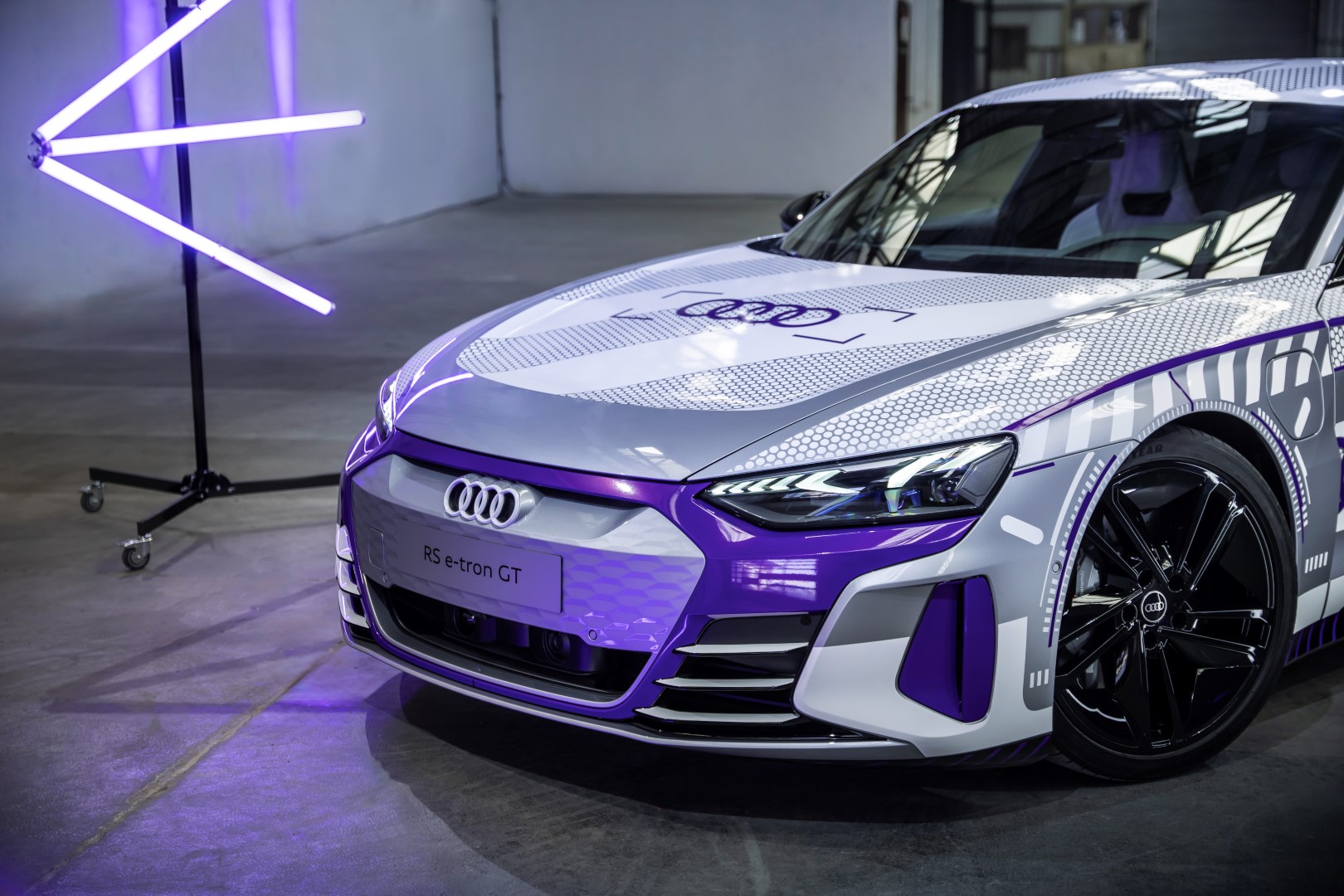
In everyday use, drivers of the RS e-tron GT Ice Race Edition can expect a driving range of up to 295 miles on a full charge, and with peak charging capacity of up to 270 kW replenishment of 80 percent of the battery’s capacity is possible in around 23 minutes at a fast charger. Sufficient reserves for a journey of up to 62 miles can also be restored in just over five minutes.
The GP Ice Race which was so influential in the design of the most exclusive e-tron GT to date was first staged in 1952, and was revived as an annual sporting fixture in 2019. It is derived from Scandinavian skijoring, in which skiers are pulled by animals such as dogs or horses, but also by motor vehicles.


